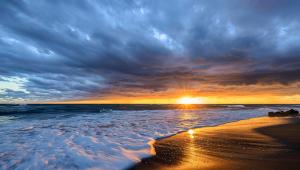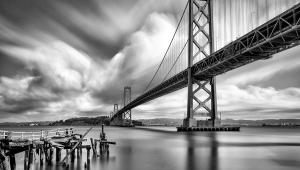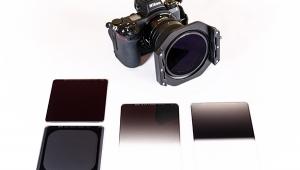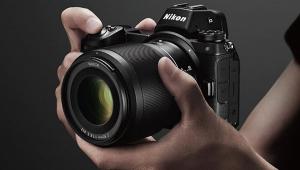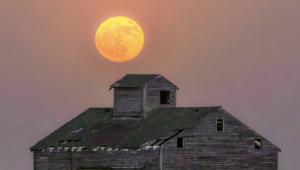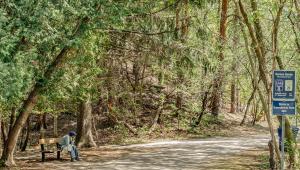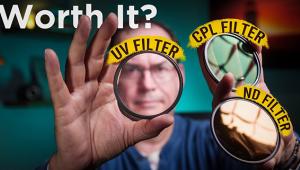Why These 3 Zoom Lenses Are Your Best Bet for Great Travel Photos

(Editor’s Note: You can read ”On the Road” columnist Deborah Sandidge’s other columns here).
There are three zoom lenses I consider absolutely essential to provide the versatility that travel photography demands: the 14-24mm, 24-70mm, and 70-200mm. It's no exaggeration to say I don’t leave home without them, and if travel is in your plans for the upcoming season, those lenses can play a big part in how well you tell the story of your journey.
If you want to know why they’re so important, just look to the movies.
The Storytellers
Consider the three shots you see all the time in films: the long shot, the medium shot, the close-up. The long shot establishes the setting—in fact, it’s sometimes called the establishing shot because it’s the scene-setter. The medium shot gets closer to provide some details, and the close-up delivers the intimacy: greater detail, more information, maybe eye-catching color, contrast, and even a surprise.
When I’m behind the camera, I’m the director—observing, reacting, planning, and interpreting. Lens choice is all about storytelling, and for me, the 14-24mm, 24-70mm and 70-200mm Z lenses for my Nikon Z camera are the essential storytelling lenses.

I reach for the 14-24mm when I want to show a vast landscape—actually, as much of the landscape as possible, because that’s the key to what a location is like, and what I want to do with what it’s like. There’s a lot the 14-24mm can pack into the story: ocean, sky, clouds, landscape or cityscape.
I especially like to use it for long exposures because it can hold the movement of clouds, light, waves or car trails. It’s the big-picture lens, and frankly, I’m looking for it to elicit a big reaction.
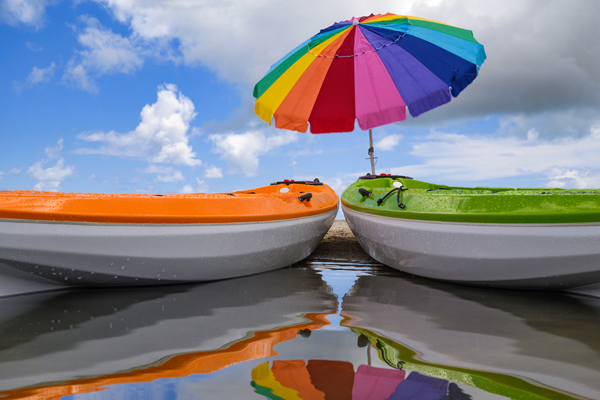
The mid-range 24-70mm tells a different story as it reveals particular details I want viewers to see, graphic details that tell more about the location and the items that interested me and lend themselves to creative composition.
It’s ideal for street shots, people pictures, and marketplaces—the “walking around” images that introduce the location to viewers.

When I want to bring those viewers closer, when I want to emphasize what I felt was fascinating, the 70-200mm has the versatility to do that. It can handle portraits, close-ups, abstract images and compositions

I frequently add to the versatility of the 70-200mm by carrying the Z TC-2x teleconverter.

Always Be Prepared
The scouts had it right, and lens choice is all about preparation, about being ready for whatever comes my way. No matter whether I’m going to a familiar place and want to picture it in a different way, or visiting a location for the first time and want to capture my discoveries and my sense of what that place is all about, I’m prepared to interpret, create, and communicate.
Beyond the gear, preparation includes ideas and techniques. None of the images I take are snapshots, and very few, if any, are lucky shots. There’s an idea for each one, a reason for its taking beyond the visual statement. I stood here and this is what I saw. What I’m interested in showing is what I felt about what I saw.
My essential trio of lenses has the versatility to enable me to do that. I didn’t go out and take the accompanying photographs to illustrate the idea of this story; rather I wrote the story to tell you how and why my essential lenses made the photographs possible.
Of course there were a few lucky ones—like catching the Bar Harbor sailboat a few seconds before the sails came down in anticipation of a glide toward the dock. But I’d seen that happen a day prior to making the photo, so I knew when the window of opportunity would close. Luck, after all, does favor the prepared.
Travel Log
You can keep up with Deborah Sandidge’s travels via Instagram, at www.instagram.com/debsandidge/, Twitter, at www.witter.com/DebSandidge, and Facebook, at www.facebook.com/debsandidge.
- Log in or register to post comments
